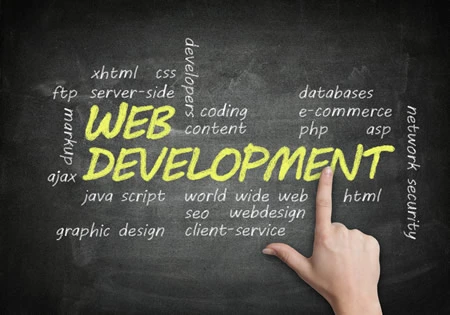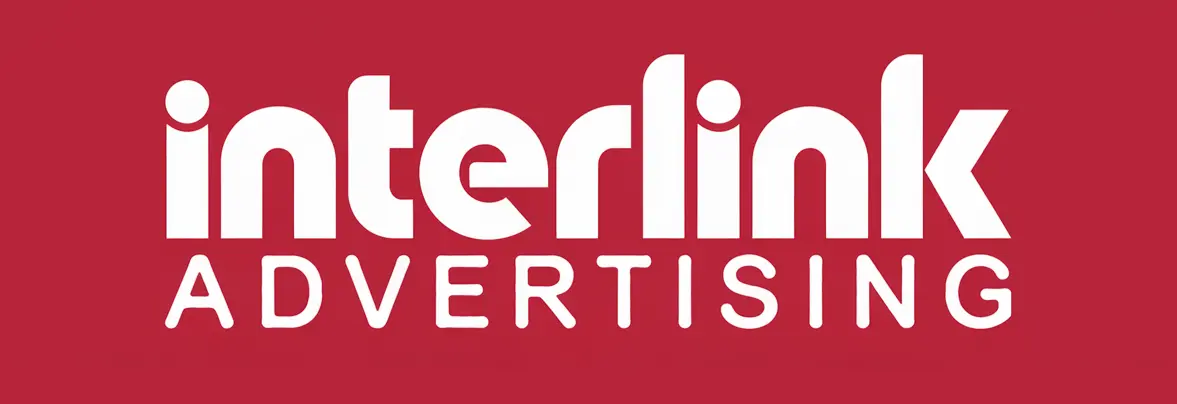Professional Website Development Services
Interlink Advertising provides professional website development services to businesses of all sizes. Whether you need a simple brochure website or a complex custom web application, we have the expertise to deliver a solution that meets your specific requirements.
Our Website Development Services Include:
- Custom website design and development
- E-commerce solutions
- Content management systems (CMS)
- Web application development
- Responsive website design
- Website migration and upgrade
Why Choose Us for Your Website Development?
With over 25 years of experience in the digital industry, we have helped businesses of all sizes establish and enhance their online presence. Our approach to website development focuses on creating user-friendly, visually appealing, and high-performing websites that deliver results.
Our Development Process
- Discovery: We start by understanding your business objectives, target audience, and specific requirements.
- Planning: We create a detailed plan outlining the scope, timeline, and deliverables of your website project.
- Design: Our designers create visually appealing mockups of your website, focusing on user experience and brand consistency.
- Development: Our developers bring the designs to life, building a functional website using the latest technologies.
- Testing: We thoroughly test the website on different devices and browsers to ensure optimal performance.
- Launch: Once approved, we deploy your website to a live server and make it accessible to the public.
- Support: We provide ongoing support and maintenance to ensure your website remains up-to-date and secure.
Custom Web Applications
Need a tailored solution for your business? We build custom web applications that streamline processes, improve efficiency, and enhance user experience. Our team of experienced developers can create applications ranging from customer portals to complex business management systems.
Ready to start your website development project?
Contact us today to discuss your requirements and get a free quote.
Get in Touch
